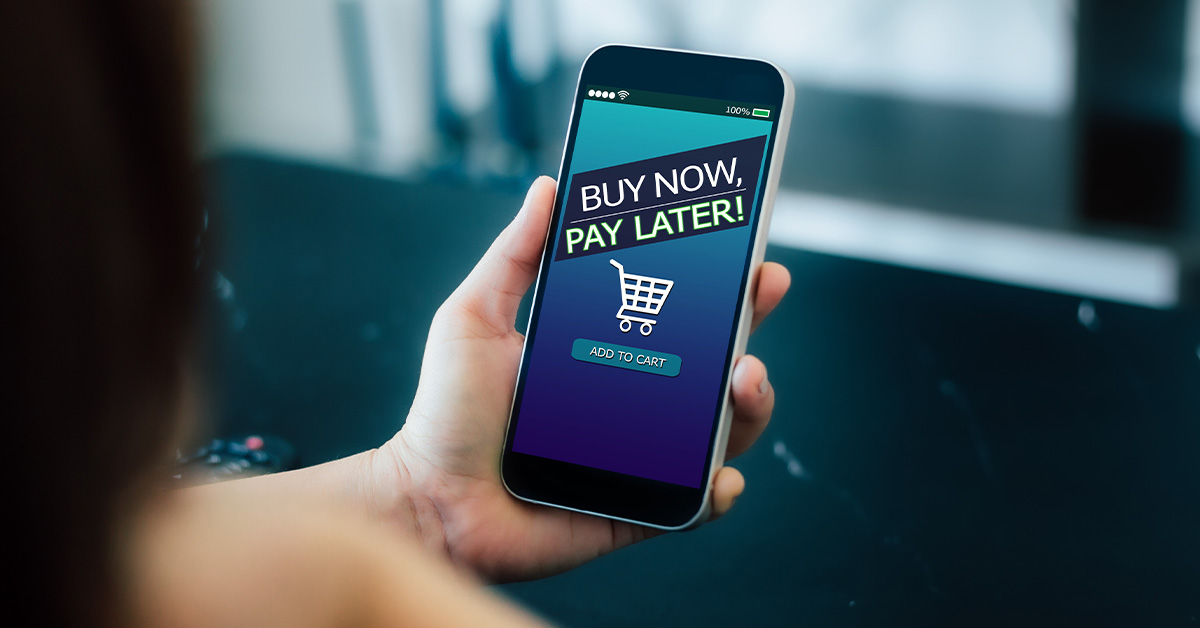
The Difference Between Good Debt and Bad Debt
It might come as a surprise to some that debt isn’t always bad or disadvantageous to your financial goals. There's certainly some skepticism when one group says no debt is inherently good. But for many people, debt is merely a fact of life.
But is there even such a thing as good debt? The answer: a resounding yes! Saving enough cash for investments such as a home or a college education isn’t always possible. In fact, making such considerable purchases in cash can be detrimental to your financial health. Here’s how:
- Paying with cash can be riskier than credit: In the unfortunate event you are pick-pocketed, lose your wallet, money is stolen from you, or you simply lose track of your cash…you are pretty much out of luck. Using credit allows you to keep track of your available cash safely and more securely and if something goes wrong, you have the ability to cancel or report fraudulent transactions and stand a much better chance of getting that money back.
- Its much harder to track your spending with cash payments: When paying with credit, you have the ability to pull up monthly statements to better manage your spending whereas, when paying with cash, the responsibility falls on you as the payer, to keep track of how much you spent, who you spent money with, why, and when you spent it, which means you must gather and save receipts to confirm your cash spending.
- You don’t earn as many rewards if any when paying with cash: There are lots of rewards earnings and cash back options when paying with credit. Once you pay for things in cash, that’s basically it. Once the money is spent, there’s little to no reward. Earning points or getting additional credit and cash back in your pocket is a great way to ensure you are adding to your financial success even when you are spending money and making big purchases.
Before you borrow money, it's crucial to figure out whether the debt incurred would be good or bad. So, what's the difference between good and bad debt? Put simply, good debt helps you achieve goals while bad debt derails them. Perhaps, this is too simple an explanation. The distinction between good and bad debt is a lot more nuanced. So, let's dive into the basics.
What is Good Debt?
A simple rule in personal and business finance is: if your debt boosts your net worth or adds to your future value, then it’s typically good debt. But if that’s not the case, and you don’t have the means to repay it, it’s more than likely what would be considered, bad debt.
Good debt has the potential to make a positive impact and enhance your life. The saying “it takes money to make money” has quite a bit of truth to it. Here are some examples where taking on debt can pay rewards in the future.
Student loans
Few things are as important as a good education in the modern world. The more educated you are, the greater your earning potential. People with a bachelor's degree make up to 66% more over the course of their lives than those without a degree.
But not all degrees are created equal. Some degrees recoup their value within a few years of entering the workforce, while others may take longer.
Auto loans
Some people would disagree with this. But taking a loan to buy a depreciating asset isn’t always a good idea, unless you’re using it to generate some form of income. With that said, most people need a vehicle to get to and from work these days and without a job, there’s no income. Your best chance at successfully managing debt, when it comes to auto loans, is to choose the financing solution that’s right for you.
Mortgages
Historically, mortgages have long been considered one of the safest forms of good debt. Monthly payments allow you to build equity that can foster your financial goals. For instance, with enough equity, you can take out a Home Equity Line of Credit loan that can be used for long-term expenses such as renovations, medical bills, and college tuition.
Also, mortgages give you the security and stability that can only come with owning your own home. However, it’s not always so simple. Taking a larger mortgage than you can afford can have disastrous impacts.
Small Business Loans
Money you borrow to start or expand your business also falls under good debt. These loans have allowed many people to grow profitable businesses and invest in their future.

What is Bad Debt?
But bad debt involves taking money from your future self so you can increase your spending today. It won't generate dividends or wealth long-term, rather it funds your current lifestyle.
Here are some prime examples of bad debt.
Payday loans
These are small loans that are primarily payable during your next payday. They have incredibly high-interest rates and can result in a toxic cycle of always having to take a loan to pay off another loan. Payday loans are some of the most expensive debts in the US and are best avoided.
Micro Loans
A microloan is considered as any loan amount that is $50,000.00 or less. Microloan programs typically offer start-up and expansion help to small business and non-profit organizations that can’t get credit from traditional sources such as banks or credit unions.
High-interest credit cards
Depending on what you use them for, credit cards don’t necessarily incur bad debt. Here’s a good rule of thumb: if it’s for a non-essential purchase or if you’re unable to pay it off in full right away, it’s undoubtedly bad debt. However, considering the high-interest rates, sometimes up to 20% or higher, credit cards make your debts more expensive.
Choosing the Right Debt
In reality, the line as to what constitutes bad debt isn't always as clear-cut as laid out above. Poor financial decisions can turn good debt bad, and loans taken to pay medical expenses are a grey area. When in doubt, here’s a better way to think about good debt and bad debt: will the debt pay back more than what you put in?









